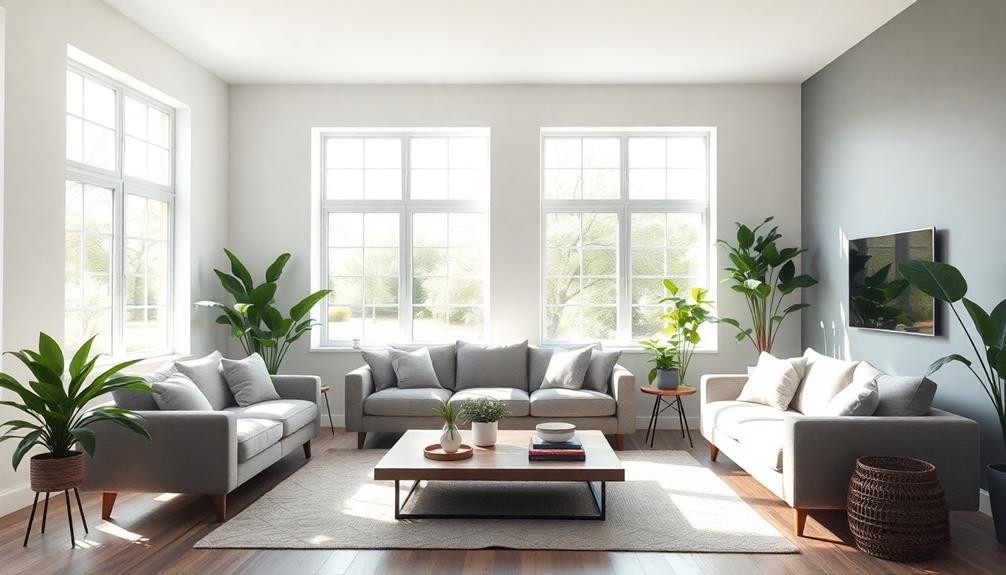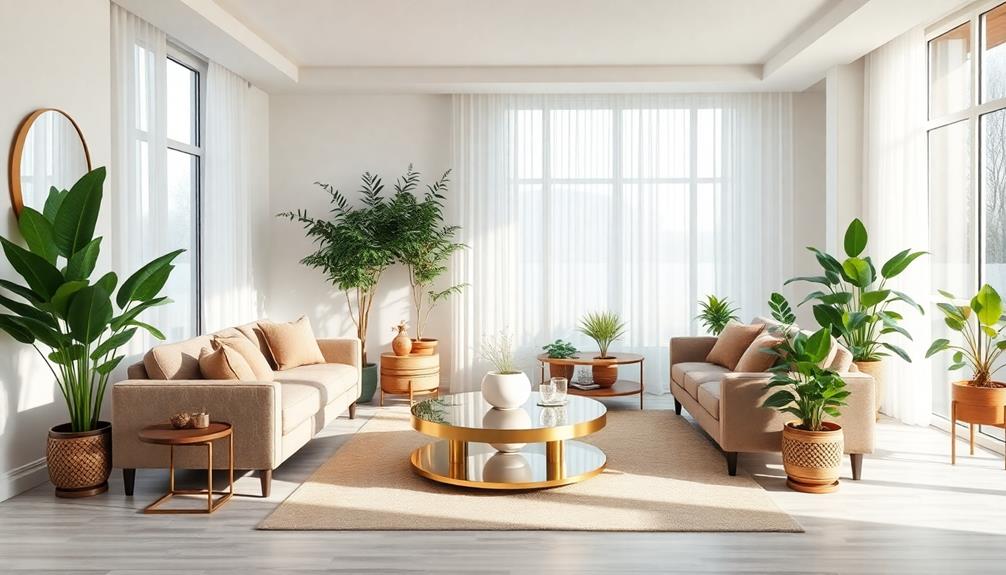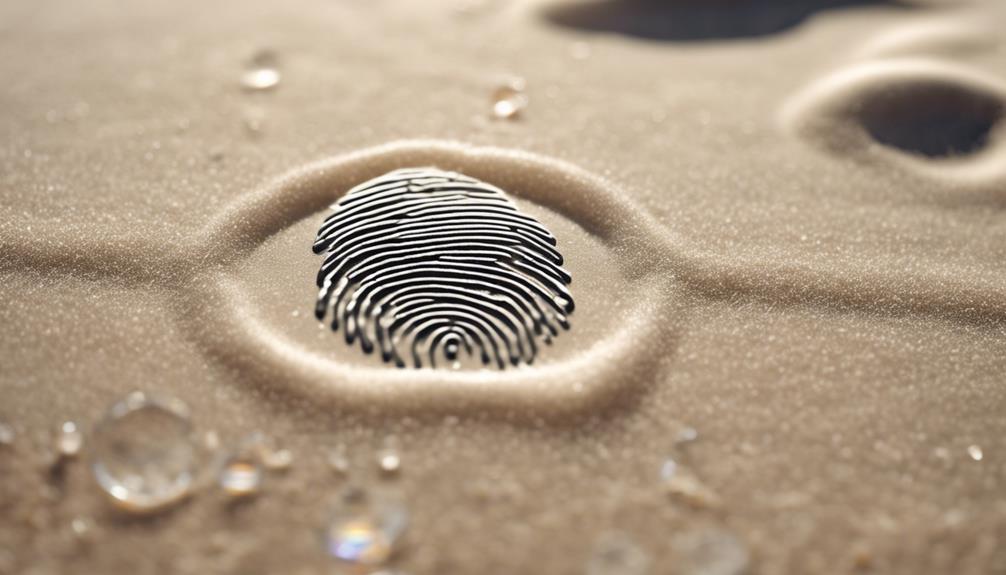If you're curious about QMAs, they focus on accurate medication administration in healthcare. They complete 100 hours of pharmacology training after becoming CNAs and often work in long-term care or rehab centers. QMAs play a pivotal role in patient care quality, collaborating with nurses for better outcomes. Ensuring safe medication administration and monitoring patient reactions are key duties. They need to be detail-oriented, compassionate, and have strong communication skills. QMAs earn around $30,000 yearly with a promising job growth outlook. Their role in patient care is significant, making them an essential part of healthcare teams.
Key Takeaways
- QMAs specialize in medication administration in healthcare settings.
- They complete 100 hours of pharmacology training after CNA certification.
- QMAs work in long-term care, rehab centers, and assisted living facilities.
- Collaboration with nurses and healthcare professionals is crucial for patient well-being.
- QMAs play a pivotal role in ensuring accurate medication administration and patient safety.
QMA Role Overview
Understanding the important responsibilities of a Qualified Medication Aide (QMA) is essential for anyone interested in pursuing a career in healthcare. As a QMA, your primary role revolves around medication administration in various healthcare settings. You play a key part in ensuring that patients receive the right medications at the right time under the supervision of healthcare professionals. Your care and attention to detail are crucial in maintaining the health and well-being of those under your watch.
Working closely with nurses, QMAs complete 100 hours of pharmacology training after gaining experience as Certified Nursing Assistants (CNAs). This specialized training equips you with the knowledge and skills necessary to handle medication administration safely and accurately.
Long-term care facilities, rehabilitation centers, and assisted living facilities are common settings where QMAs provide essential support in the healthcare team. Your dedication to proper medication management contributes significantly to the overall quality of care received by patients.
Steps to Becoming a QMA

To become a QMA, the first step is to obtain your CNA certification.
Then, complete a state-approved QMA training program to gain specialized knowledge and skills.
QMA Training Requirements
When starting on the path to becoming a Qualified Medication Aide (QMA), completing a state-approved training program is an important step after obtaining your Certified Nursing Assistant (CNA) certification. QMA training programs focus on medication administration, pharmacology, and patient safety. These programs provide the necessary knowledge and skills to ensure accurate and safe medication practices.
Following the completion of the training program, individuals must pass a state certification exam to officially work as a QMA. Practical experience is vital for QMAs to hone their medication administration skills and guarantee patient well-being. QMAs play a crucial role in healthcare settings by overseeing medication administration and monitoring patient responses to medications.
QMA Job Duties
Learning about the key job duties of a Qualified Medication Aide (QMA) is significant for those aspiring to enter this healthcare profession. As a QMA, your primary responsibility revolves around medication administration. You'll assist in providing patients with their prescribed medications accurately and safely.
Monitoring and recording patient reactions to these medications is essential for healthcare professionals to assess treatment efficacy. Detailed documentation of medication doses for each patient is crucial to ensure continuity of care.
Moreover, as a QMA, you play a pivotal role in ensuring the correct administration of medications according to healthcare standards. By working closely with nurses and other healthcare professionals, you contribute to providing prime patient care.
Collaboration with the healthcare team is key to maintaining patient safety and well-being. Your dedication to medication management and patient care is fundamental to the smooth operation of healthcare facilities.
Skills and Qualifications

For QMAs, possessing a keen eye for detail and strong organizational skills is paramount to guarantee accurate medication administration. Patience and compassion are also crucial when interacting with patients, while excellent communication skills enable effective collaboration within the healthcare team.
Physical stamina is a requirement as QMAs need to handle the demands of the role, including standing for long periods. Additionally, the ability to perform well under pressure is essential to ensure correct medication administration in fast-paced healthcare settings.
Detail-oriented and Organized: QMAs must pay close attention to medication details and maintain organized records.
Patience and Compassion: Interacting with patients requires a compassionate approach and the ability to remain patient.
Effective Communication: Collaborating with the healthcare team necessitates clear and concise communication skills.
Physical Stamina: QMAs need to be physically fit to meet the demands of the role, such as standing for extended periods.
Average Salary and Job Outlook

To gain insight into the financial aspects of a career as a Qualified Medication Aide (QMA), let's explore the average salary and job outlook for individuals in this role. On average, QMAs earn approximately $30,000 annually. The job outlook for QMAs is promising, with a growth projection ranging between 10% to 14%. These professionals are primarily employed in long term care facilities and rehabilitation centers, where their skills in medication administration are essential for patient care. Below is a table summarizing the average salary and job outlook for QMAs:
| Aspect | QMA Statistics |
|---|---|
| Average Salary | $30,000 per year |
| Job Outlook | 10% to 14% growth |
| Work Setting | Long term care facilities, rehabilitation centers |
Similar Jobs to QMA

If you're considering similar jobs to QMA, exploring job opportunities and career advancement in fields like medical assisting, nursing, pharmacy technology, and home health care can be beneficial.
These roles offer diverse paths for growth and development within the healthcare industry based on your interests and goals.
Understanding the unique responsibilities and requirements of each position can help you make an informed decision about your career trajectory.
Job Opportunities
Consider exploring roles such as medical assistant, licensed practical nurse (LPN), pharmacy technician, and home health aide as you seek job opportunities similar to a Qualified Medication Aide (QMA). These positions involve administering medications, monitoring patient reactions, and ensuring accurate medication administration.
Job opportunities for QMAs and similar roles are available in various healthcare settings, including long-term care facilities, rehabilitation centers, and hospitals. Here are some roles related to QMA that you may find appealing:
- Medical Assistant: Assist healthcare providers with patient care, including recording patient records and administering medications.
- Licensed Practical Nurse (LPN): Provide basic medical care, including medication administration, under the supervision of registered nurses or physicians.
- Pharmacy Technician: Help pharmacists dispense prescription medication, maintain patient records, and manage inventory in pharmacies.
- Home Health Aide: Support individuals with disabilities, chronic illnesses, or cognitive impairments with daily living activities, including medication management.
Career Advancement
Exploring career advancement opportunities similar to a Qualified Medication Aide (QMA) opens doors to diverse roles in the healthcare field. Shifting to roles like Licensed Practical Nurse (LPN), Medical Assistant, or Pharmacy Technician can be a natural progression for QMAs due to the overlap in required skills and qualifications. For those seeking a change, positions such as Home Health Aide offer a different but rewarding path within healthcare.
Consider the following similar job options:
| Similar Jobs | Description |
|---|---|
| Licensed Practical Nurse (LPN) | Provide basic medical care under the supervision of doctors and registered nurses. |
| Medical Assistant | Assist healthcare providers in various clinical and administrative tasks. |
| Home Health Aide | Offer personal care and companionship to individuals in their homes. |
Exploring these paths can provide QMAs with new avenues for professional development and career advancement, offering a wide range of opportunities in different healthcare settings.
QMA Vs. CMA Comparison

When comparing QMAs and CMAs, it's essential to understand the distinct roles and responsibilities each position entails in the healthcare industry.
Here are key points differentiating QMAs and CMAs:
- Scope of Practice:
- QMA (Certified Medication Aide): Specializes in medication administration and patient education.
- CMA (Certified Medical Assistant): Handles administrative and clinical tasks in healthcare settings.
- Training Requirements:
- QMA: Completes 100 hours of pharmacology training after CNA experience.
- CMA: Typically undergoes 1-2 years of extensive training in various medical aspects.
- Work Settings:
- QMA: Works in settings like long-term care facilities and rehab centers.
- CMA: Works in outpatient clinics and doctors' offices.
Understanding these distinctions can help individuals interested in pursuing a career in the healthcare field make informed decisions regarding which role aligns best with their career goals.
Training and Education Requirements

You should understand that becoming a Qualified Medication Aide (QMA) requires completing a state-approved training program.
This program will equip you with 100 hours of pharmacology education to make sure you're prepared for medication administration.
Passing a state certification exam is essential for you to officially start working as a QMA.
Training Basics
Curious about the training and education requirements for becoming a Qualified Medication Aide (QMA)? Here are the essential training basics you need to know:
- Completion of a state-approved QMA training program is necessary post acquiring CNA certification.
- The training typically consists of 100 hours dedicated to pharmacology training, ensuring proficiency in medication administration.
- Passing a state certification exam is mandatory to officially practice as a Qualified Medication Aide.
- Practical hands-on experience is essential for QMAs to develop and refine their skills in medication administration.
These training basics are fundamental in equipping QMAs with the knowledge and expertise required to fulfill their essential role in accurately administering medications and ensuring patient safety. Whether it's mastering medication dosages or understanding drug interactions, the training received plays a pivotal role in the effectiveness and competency of a Qualified Medication Aide.
Education Details
To become a Qualified Medication Aide (QMA), completing a state-approved QMA training program is a necessary requirement following CNA certification. This program includes 100 hours of pharmacology education to guarantee QMAs have the necessary knowledge for safe medication administration.
After completing the training, QMAs must pass a state certification exam to officially work in this role. Practical experience plays a crucial role in the training process, allowing QMAs to develop hands-on skills in medication administration.
QMAs are entrusted with the critical tasks of ensuring accurate medication doses and maintaining precise records of medication administration. The thorough education provided in the QMA training program equips individuals with the expertise needed to handle medications safely and effectively.
Key Differences Between QMA and CMA

Specializing in medication administration, QMAs and CMAs exhibit distinct differences in their roles and training requirements. Here are the key disparities between a QMA and a CMA:
- QMAs are licensed to administer medications to patients after becoming a CNA, whereas CMAs handle a broader range of clinical and administrative tasks.
- QMAs complete 100 hours of pharmacology training post-CNA experience, while CMAs typically undergo 1-2 years of extensive medical assistant training.
- The average annual salary for QMAs is approximately $30,000, slightly lower than the expected $33,000 yearly salary for CMAs.
- QMAs are commonly found in long term care facilities and rehab centers, while CMAs are more prevalent in outpatient clinics and doctors' offices.
Consider these distinctions when deciding between a career path as a QMA or a CMA, as they offer unique opportunities and responsibilities in the healthcare industry.
Role and Responsibility of QMA

In the healthcare field, QMAs play a vital role in administering medications under nurse supervision. Qualified Medication Aides are essential members of the nursing team, guaranteeing that patients receive their prescribed medications accurately and on time. They work closely with nurses to provide quality care and support to individuals in various healthcare settings such as long-term care facilities, rehabilitation centers, and assisted living facilities.
To better understand the role and responsibility of a QMA, let's take a look at the following table:
| Role of QMA | Responsibility |
|---|---|
| Medication Admin | Administer prescription and non-prescription medications to patients as directed |
| Documentation | Maintain accurate records of medication administration and patient responses |
| Communication | Communicate effectively with nurses and other healthcare team members |
| Patient Support | Provide emotional support and assistance to patients during medication rounds |
QMAs undergo specialized training to guarantee they can fulfill their duties competently and contribute positively to the nursing team's overall efficacy.
Benefits of QMAs in Healthcare Teams

QMAs greatly enhance patient care and safety within healthcare teams by ensuring accurate medication administration and monitoring important signs. Medical assistants play a pivotal role in healthcare settings, especially in nursing homes, by providing the following benefits:
- Accurate Medication Administration: Certified Medical Assistants ensure that patients receive the correct medications in the right doses and at the appropriate times, reducing the risk of medication errors.
- Significant Sign Monitoring: QMAs diligently monitor significant signs like blood pressure, heart rate, and temperature, alerting healthcare providers to any concerning changes promptly.
- Assistance in Medical Procedures: QMAs support healthcare teams by assisting in medical procedures, ensuring smooth operations and patient comfort throughout.
- Patient Education: Certified Medical Assistants offer valuable patient education, helping individuals understand their conditions, treatments, and preventive care measures, empowering them to take control of their health.
Frequently Asked Questions
What Is a QMA in the Medical Field?
In the medical field, a QMA, or Qualified Medication Aide, administers medications under nurse supervision. They undergo 100 hours of pharmacology training after gaining CNA experience. QMAs typically work in long term care facilities and rehab centers.
What Is the Difference Between a CNA and a Qma?
In the medical field, the difference between a CNA and a QMA lies in their roles: CNAs provide direct patient care, while QMAs focus on administering medications under nurse supervision after 100 hours of pharmacology training.
What Can a QMA Do in Indiana?
In Indiana, a QMA can administer medications in long term care facilities and rehab centers after completing 100 hours of pharmacology training. They play an important role in ensuring safe and accurate medication administration, contributing to healthcare quality.
What Does QMA Stand For?
QMA stands for Qualified Medication Aide. You administer medications under nurse supervision. After being a CNA, you undergo 100 hours of pharmacology training to guarantee safe administration. Your work is essential in healthcare settings.
Conclusion
So there you have it – QMAs are basically the superheroes of the medical world, with their specialized skills and dedication to patient care.
Becoming a QMA may seem like a challenging task, but the rewards are well worth it.
From high salaries to job security, QMAs play an essential role in healthcare teams and make a real difference in the lives of patients.
So why wait? Start your journey to becoming a QMA today!










